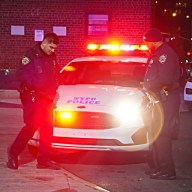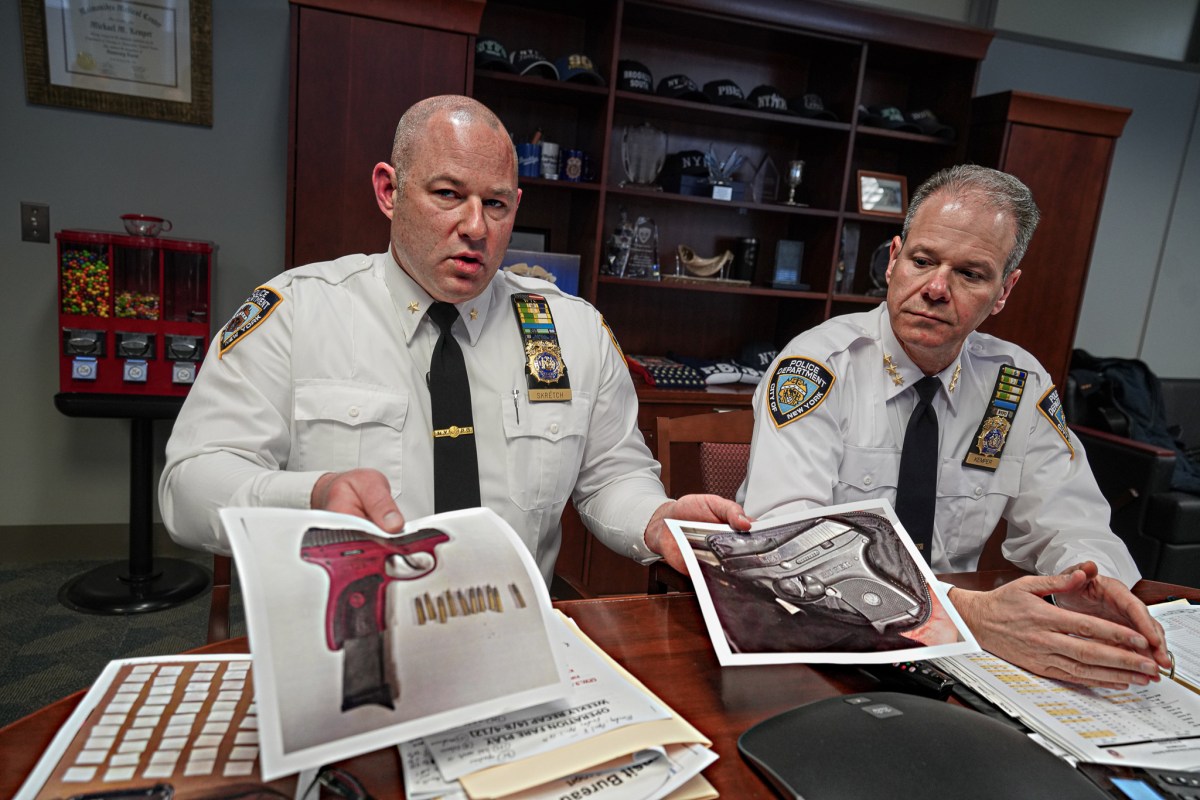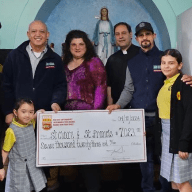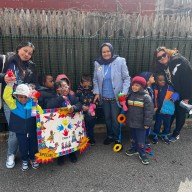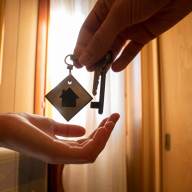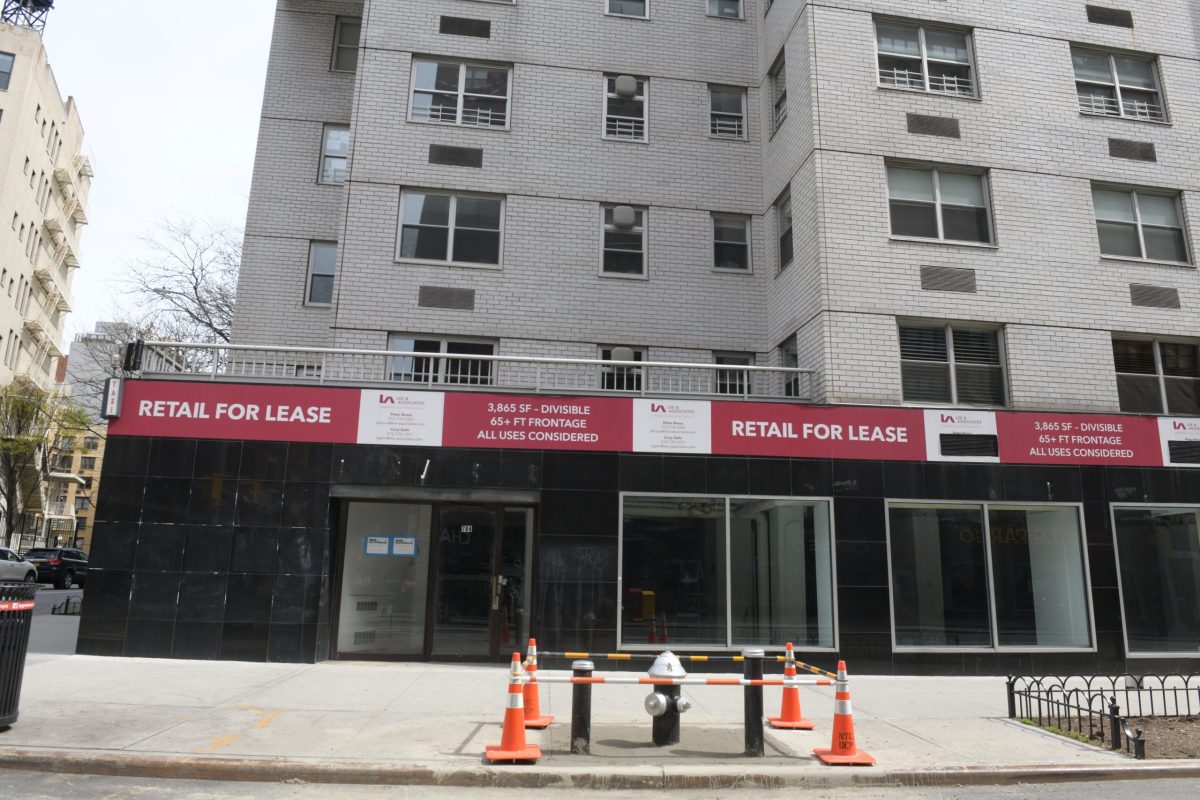By Rula Al-Nasrawi
As stretches of Far Rockaway, Queens lays in waste from Hurricane Sandy, some 300 evacuees are living in less than comfortable conditions in a Bronx shelter normally used for homeless women.
Many got their first hot meal, since the storm tore through their neighborhood, at the Franklin Avenue Women’s Shelter on Sunday, Nov. 18.
For post-Sandy refugees, life in the shelter at E. 166th Street seemed just as chaotic as it was for those left to resurrect their flooded homes.
Morrisania Assemblyman Eric Stevenson organized the Sunday event along with groups including the Bronx Turkish Cultural Center and the Bronx Pakistani community.
“Before this meal, they were eating cold turkey sandwiches and PB and Js,” Stevenson said after signing an autograph for a girl with purple braids. “They were saying ‘We don’t even eat food like this at home.’”
The fluorescent-lit cafeteria was packed with hungry people as volunteers served each person water and a choice of chips along with rice and noodle dishes.
“We donated hot food, canned food, and extra clothing if they need it,” saidAbid Muttakim from the nonprofit group B.A.Y.A Aid, one of many volunteers that day. “We try to do our best, and get as much as we can for our community.”
Volunteer Wahid Sultan said the borough’s Pakistani community went to Far Rockaway with Stevenson to feed 1,300 hurricane victims. Stevenson then invited those volunteers to participate in the Bronx shelter feeding program.
“Not only were we able to bring food, but peace of mind for people,”Stevenson said.
However, peace of mind was not the exact sentiment everyone shared.
Far Rockaway hurricane victim Nancy Diaz had only been living in Far Rockaway for a few months before her home was flooded.
“My home was damaged,” Diaz said. “No electricity. There was sand and mud, and no heat.”
Outside the cafeteria were rows of foldup cots, neatly packed together and enclosed by a five-foot wall, separating Sandy victims from the other 200 other residents.
Diaz said sleeping on a cot was adding to her already prevalent back problem and she was hoping to be moved to a hotel sometime within the next week. She has been living in the shelter for five days.
“It is uncomfortable here,” Diaz said. “And the men have been frustrated because there’s only one makeshift bathroom for them with one toilet, since it’s a women’s shelter.”
About 15 to 20 of the hurricane victims in the shelter lost their medications in the flood, said Stevenson.
“People who are diabetic can’t go to Far Rockaway and get their insulin, so what’s gonna happen?” he asked.
Adding to the problem, he said, while hospitals had been contacted to bring the needed medications, many of the shelter residents were unable to renew their prescriptions that not reached their renewal period.
As the cafeteria cleared out, Diaz stood with her plastic orange lunch tray and looked out at the neatly made foldup cots. While some have managed to momentarily take shelter after the storm, the journey back home may be longer than expected.
“No one wants to stay in a shelter,” Diaz said. “I certainly don’t.”








